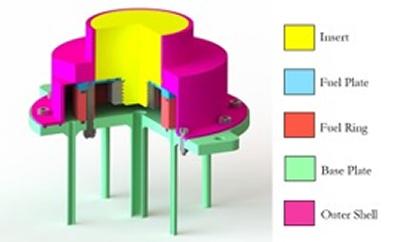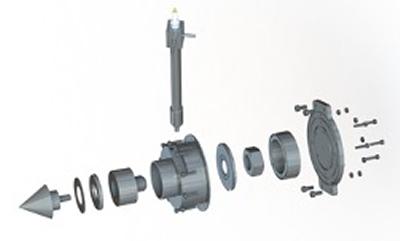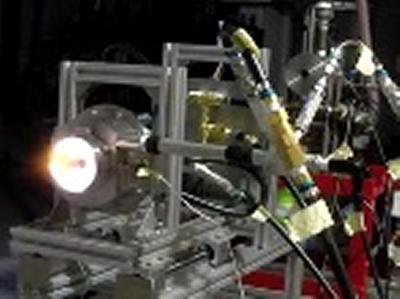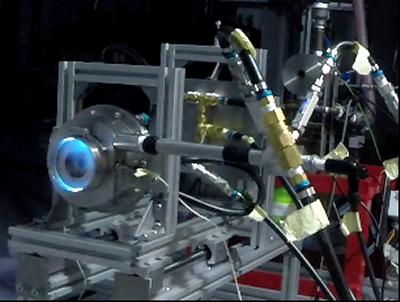Research project: Miniature rotating detonation engine
A modular laboratory rotating detonation engine (RDE) for combined mass flow rates below 10g/s has been designed and tested. To our knowledge, this is the first successful RDE experiment in the UK. Design and experimental setup have been developed over three successive final year group design projects in aerospace engineering.





